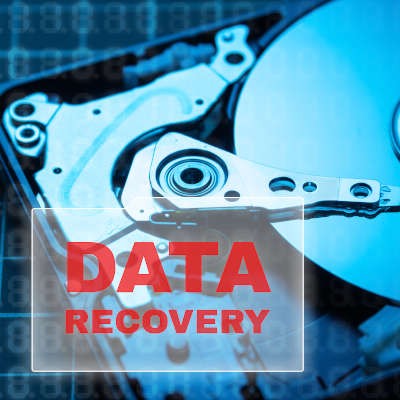No business ever wants to suffer a data loss disaster, but that doesn’t mean that it’s not coming for you at some point during your operations. You have to be careful and take calculated steps to minimize the impact of such an incident. In particular, you want to avoid losing these three types of data, for it could make recovery all but impossible if you don’t.
BNMC Blog
If your business is still using tape backup, we’ve got news for you: you’re behind the times by a decade or two. Still, there might be some merits to using it, despite the overwhelming evidence that digital backup solutions like Backup and Disaster Recovery (BDR) are all-around better. Here’s why you might still use tape backup in today’s modern business world.
Data backup, while crucial to an organization’s continuity and sustainability, hasn’t had too many innovations over the past few years. Ever since businesses have started to do away with the resource intensive backups that required manual effort or antiquated methods (we’re looking at you, tape), backups and backup strategies have standardized a bit. In today’s blog, we’ll take you through that process and how emerging technologies are improving backup technology.
Data backup may not be at the forefront of your business’ technology list, but it needs to be a consideration. Like much of the technology we use for our businesses, backup is going through a lot of positive innovations at the moment. Let’s take a look at five things that are going to change the look of enterprise data redundancy.
Businesses rely heavily on technology and data to keep running smoothly. But what happens when disaster strikes? Whether it’s a natural disaster like a hurricane or an unexpected event like a cyberattack, businesses need a plan to keep going. This is where disaster recovery comes in. Let’s break down what disaster recovery is and why it’s vital for business continuity.
Where there’s business, there’s the opportunity for losses. Even if you have your operations locked down, circumstances will always arise far beyond your control. We’re talking about the big ones, the devastating data loss incidents that grind your business to a halt and threaten its future. You can take action now to prevent these types of disasters from happening.
For those of you that read our blog often, you know we often mention how backing up your business information systems is a crucial part of protecting your organization's IT infrastructure. One of the best rules of thumb when considering your data backup is what is called the 3-2-1 rule. Let’s go through what the 3-2-1 rule is and why it works to protect your business’ digital assets.
If you are a frequent reader of this blog, you know that we rev the throttle on data backup a lot. This is because it can quite literally save your business and for something that valuable, it doesn’t come with a lot of cost. Unfortunately, a lot of businesses don’t always find the expense worth it. In the minds of many decision-makers, what are the chances that your business is hit with a situation that would necessitate a full system restore?
It’s a known fact that businesses do not want to imagine what might happen under the absolute worst conditions, but it is something that comes with the territory of being a business owner. If you don’t plan for the worst, it could potentially place your company at risk. How can you prepare yourself for the struggles that come with disaster recovery?
While nobody likes to presume the worst will happen in their business, it must be a point that comes into consideration. Statistics are statistics, as they are, and as such there is always the chance—a considerable chance, in fact—that your business will suffer from some form of disaster. Due to this, we always recommend that you have some means of protecting your data throughout, with a plan to respond to such events accordingly.
Unless you’re very, very new here, you’ve probably seen how much we prioritize that a business prepares a comprehensive data backup strategy to help secure its continuity. Many recent events have only reinforced the importance of such a backup strategy, so let’s take a few minutes to review what needs to go into yours.
Your business’ data is its lifeblood, which means that one of your internal priorities should be protecting it. While we often discuss the importance of your cybersecurity to defend against data theft and similar issues, it is also important to consider what would happen if the data loss was caused due to damage to the infrastructure it was stored on.
Data backup is a topic that we are always willing to discuss, and if you follow this blog at all, that will likely become very apparent. Now, some of the readers of this blog will have a data backup and recovery strategy in place, and you aren’t the ones we want to speak to. Instead, we want to talk to the people who don’t have one, the ones who need to fix that.
There are many reasons that businesses today are adopting various managed IT services, if not electing for a comprehensive managed service agreement. One major reason is that working with a managed service provider allows businesses to do more concerning their data - whether that’s storing it, protecting it, or putting it to use.






















